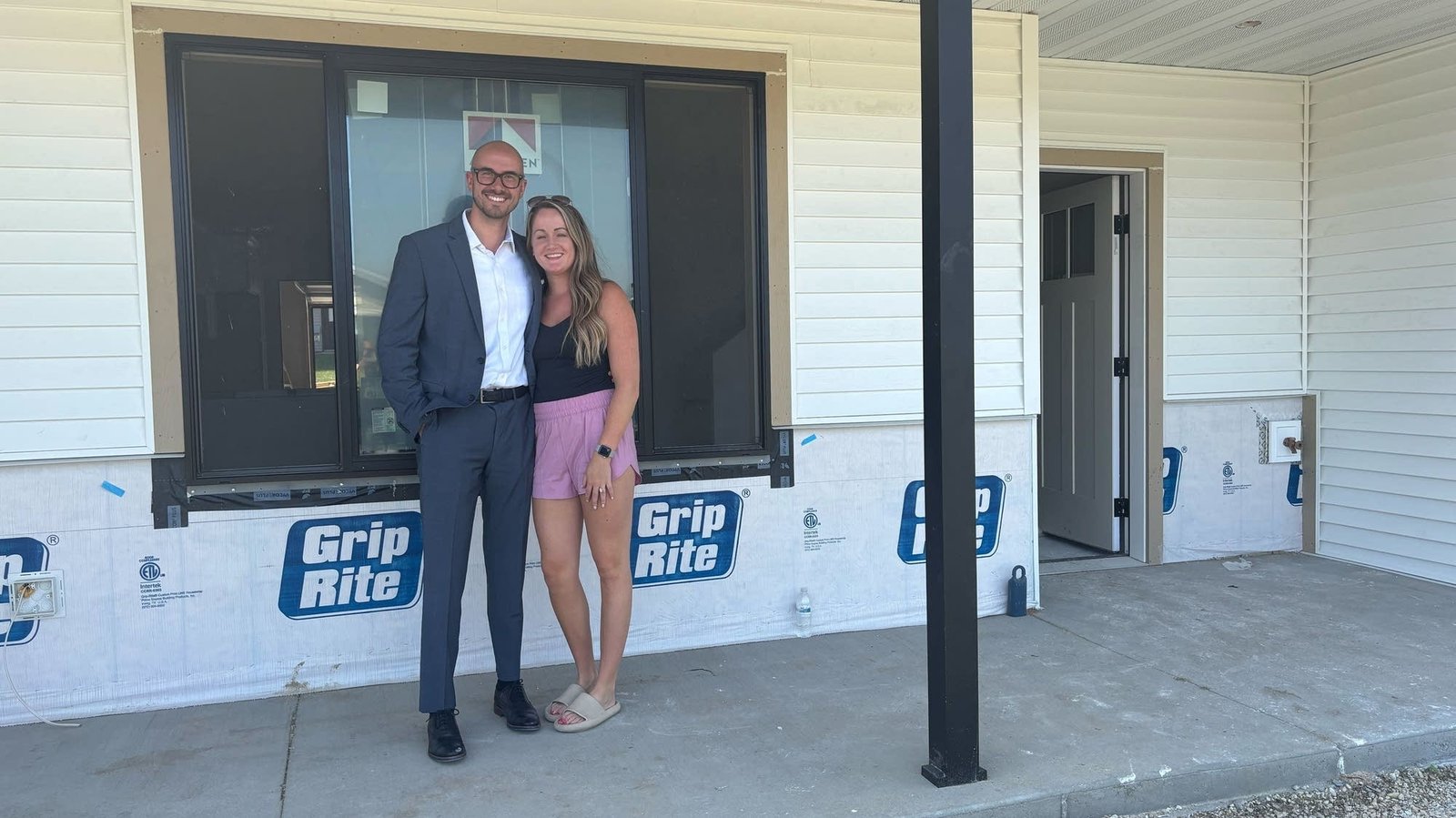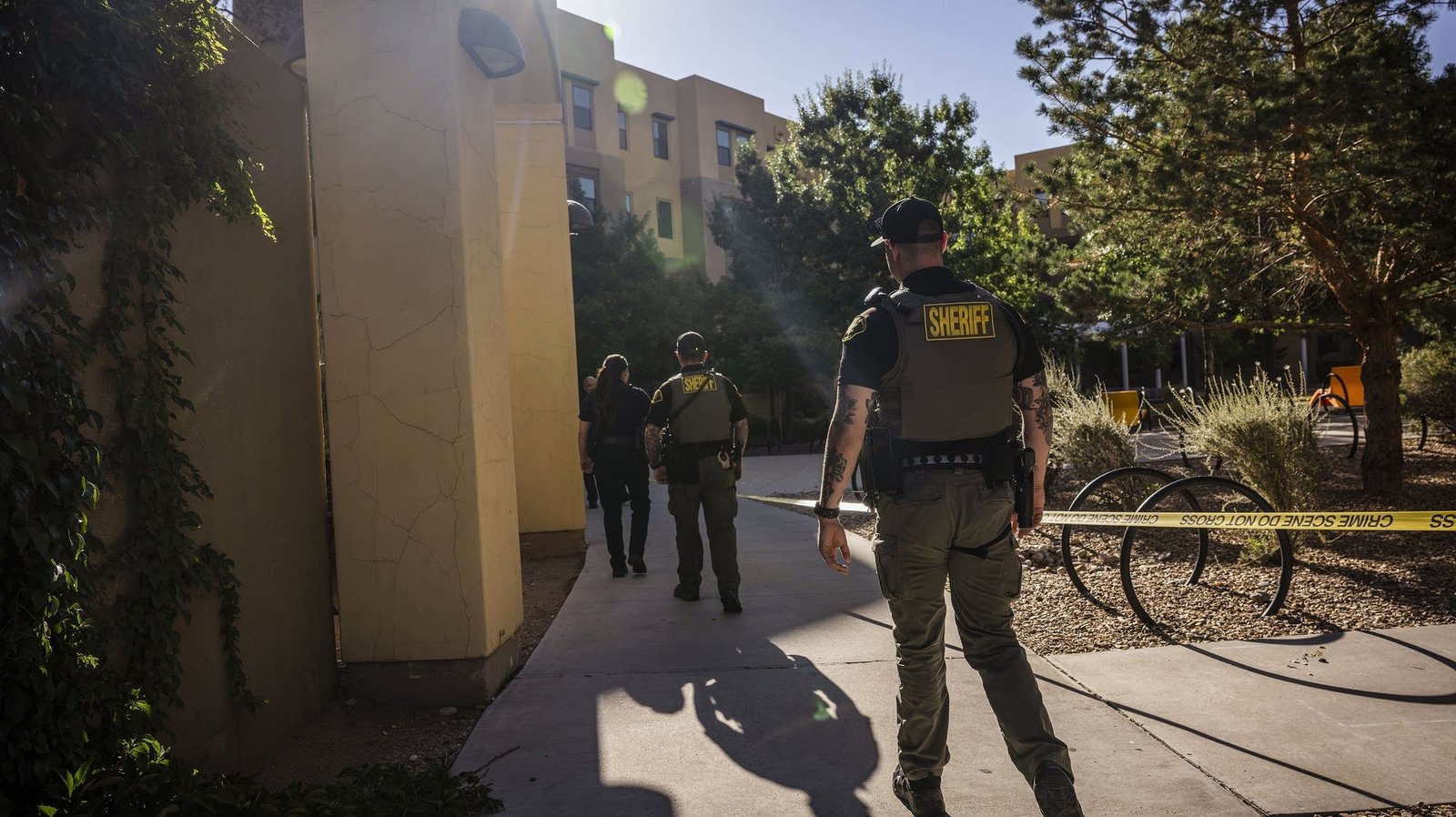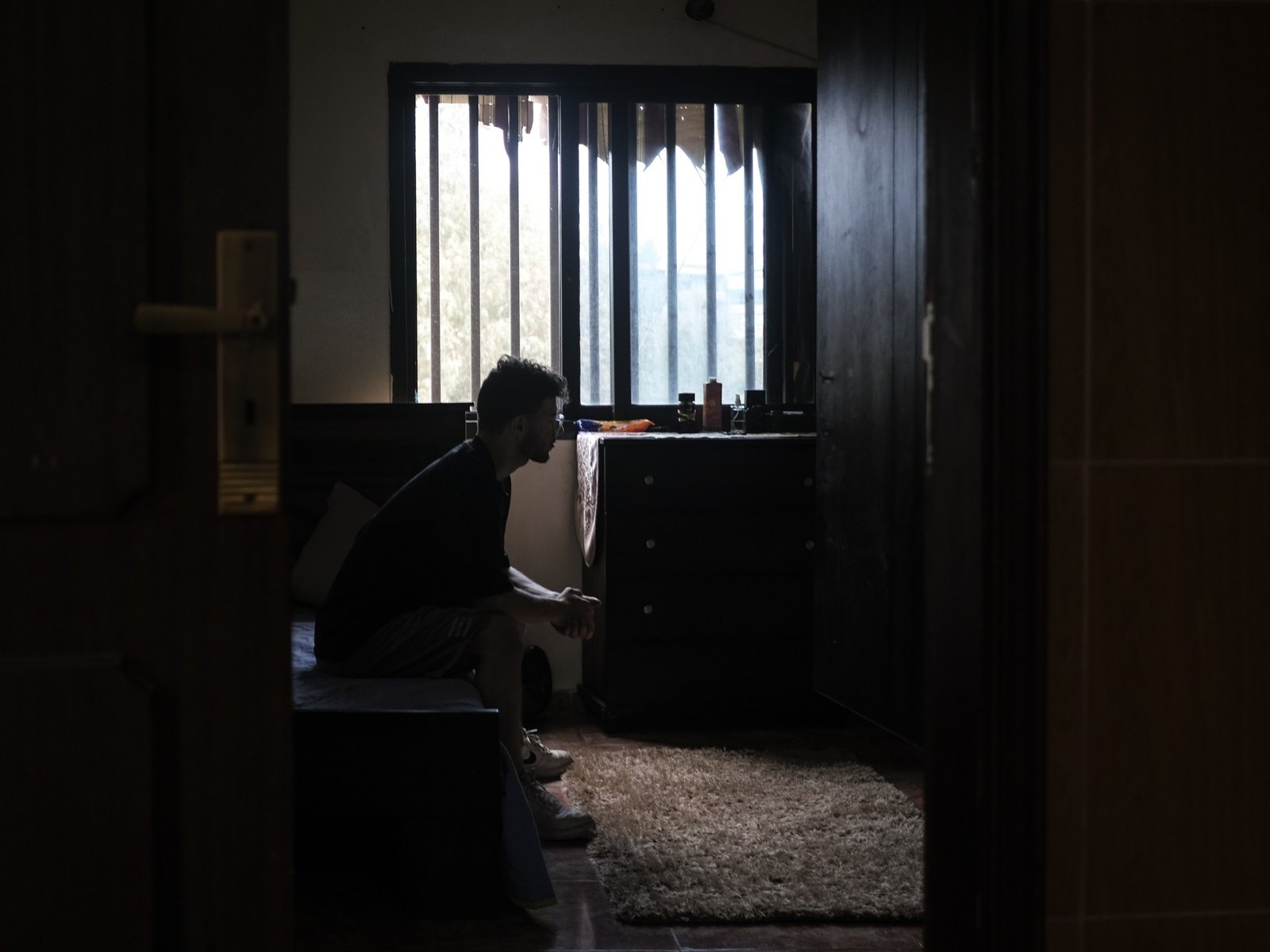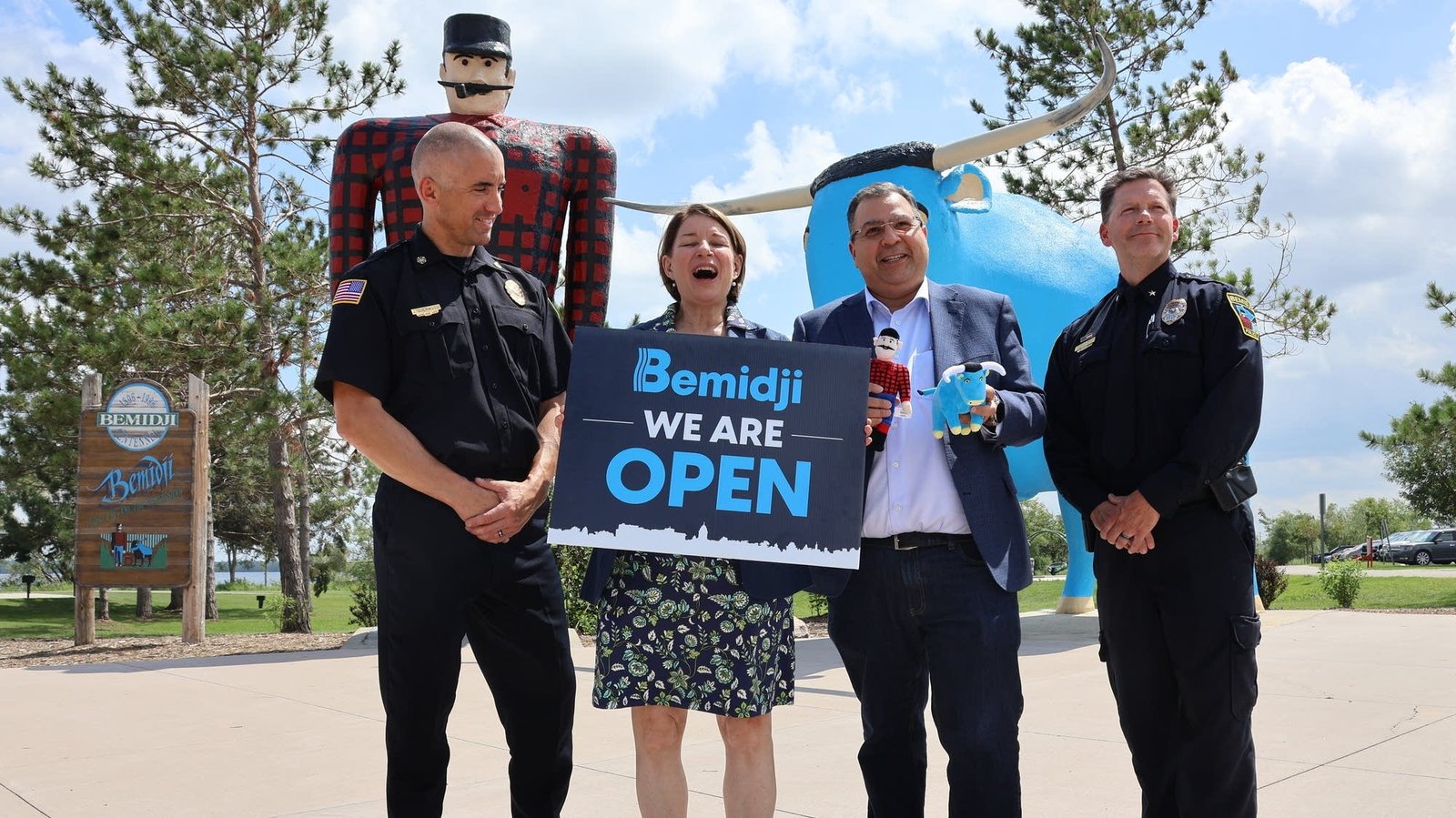Standing in the doorway of their new townhome, Abby Bardwell Owen and Drew Owen admire some of the finishing touches on their soon-to-be completed townhouse.
“Oh, my gosh,” Bardwell Owen exclaimed as Owen added, “Oh, wow!”
“It looks so nice,” said Bardwell Owen, as they both check out the newly installed cabinets, while Owen added, “It’s become a reality. Yeah, it looks really nice.”
These two are newly married. Bardwell Owen is a medical resident at Mayo Clinic. Owen is a financial advisor. This is their first home.
“We saw a similar townhouse that we both liked, but it was originally built in the ;80s (and was) more expensive than this was listed for,” said Bardwell Owen. “So knowing we’re getting kind of all new was really exciting. And on the Zillow listing was the information about the program, the closing costs.”
Bardwell Owen is referring to a new city program that effectively covers closing costs for some home buyers. It’s part of a raft of new city and county programs meant to incentivize builders to construct new homes to be sold in what they call the “missing middle” price range.
These are homes that are affordable to middle income earners. It’s a price point that’s hard to find in the Rochester market. The city has also adopted more flexible zoning rules to encourage multi-family housing.
The couple paid about $325,000 for their townhome. And they saved $7,000 on their closing costs, which is money they plan to put into furnishing their new place.
Their purchase of this new townhome also frees up their two relatively inexpensive rentals, which are also hard to find in the tight Rochester housing market.
That’s an important side effect to the incentive program, said Taryn Edens, who is Rochester’s assistant director for economic growth.
“We’re buying into the idea that we have a short supply, and by adding to the supply, we’re freeing up existing housing options for other people to consider,” she said.
A new report shows that Olmsted County needs about 18,000 new housing units over the next decade to meet projected demand from expected population growth. And the Rochester market just doesn’t have it. Vacancy rates for rentals and senior housing are between just 2 and three percent — well below what’s considered market equilibrium.
Meanwhile, Rochester’s population grew 13 percent from 2010 to 2020 — a rate that vastly outpaces population growth overall for the state.
That growth is in large part driven by Mayo Clinic’s expansion in Rochester and by DMC — a massive economic development plan to transform the city’s downtown and spark job growth in sectors beyond health care.
New developments fill a void
Halfway into the 20-year DMC project, there is some new housing. But Edens said it’s not enough to meet certain areas of need.
“We made a lot of headway in multifamily housing production,” she said. “And we’re not doing that necessarily on the for sale side.”
But that’s starting to change in one development in northwest Rochester, where Mike Paradise of Bigelow Homes said his company is constructing “a mix of housing out here, both villas, town homes and twin homes,” as well as single family homes.
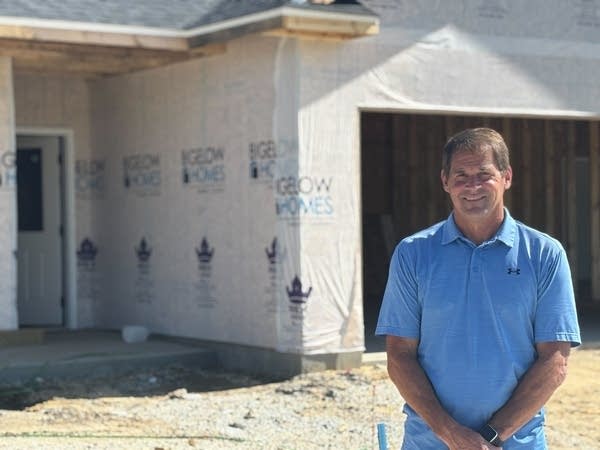
Paradise said he has been building homes designed to fill in that “missing middle” of the market for a while now. He told MPR News the new city incentives are helpful, and his homes are in high demand.
And Paradise is surprised by who’s buying them. Many are seniors who are downsizing, freeing up larger homes in the area for younger growing families. City data shows that the demand for senior friendly housing is particularly strong.
“It’s not just seniors that are moving out here,” he said. “It’s a combination of everything. A lot of young professionals in Rochester like this style of living because it has lawn care and snow removal.”
Paradise has been building in Rochester for more than 40 years. DMC and Mayo’s expansion have forced builders like him and city leaders to get creative in addressing the housing shortage because it threatens to stall the area’s economic growth and could hurt efforts to get newcomers to the Rochester area to stay long term, he said.
“We’ve got four children, three working Mayo. You know, they get in there early on in their careers, and after that, there's a huge pull to take them somewhere else,” said Paradise. “So we have to create an environment in a community that people want to stay in.”
For at least one couple, the incentives are working, as that’s exactly what first time homebuyers Abby Bardwell Owen and Drew Owen plan to do.

